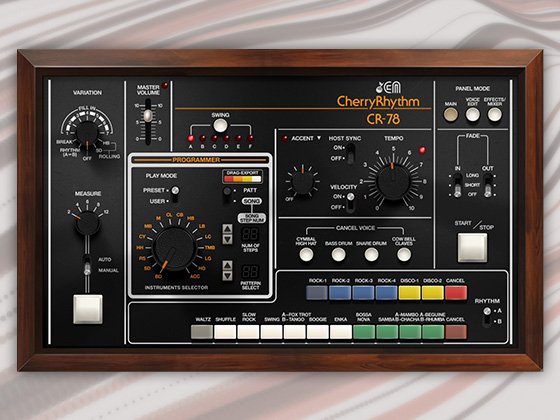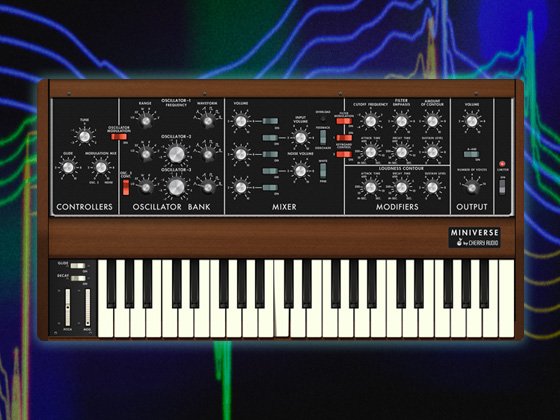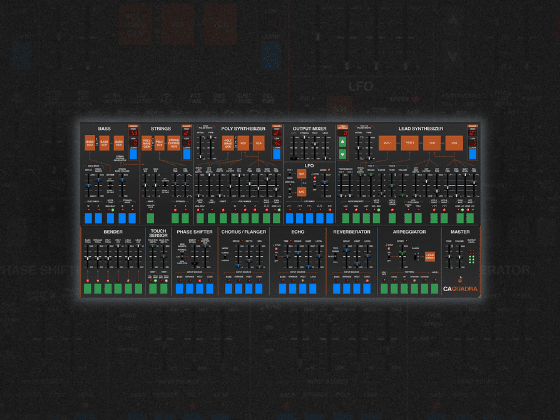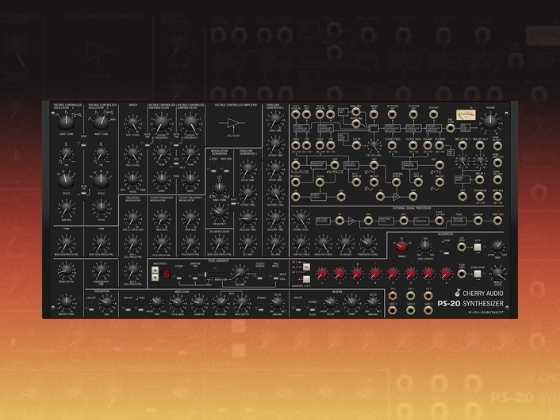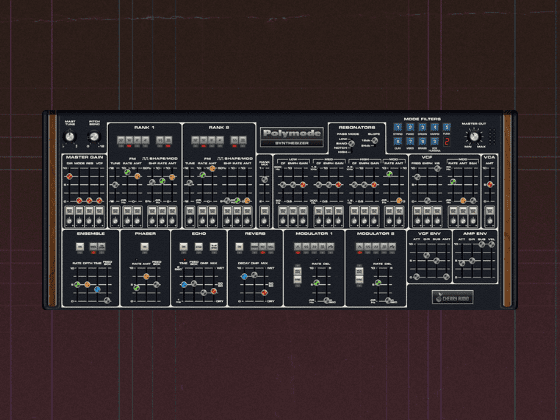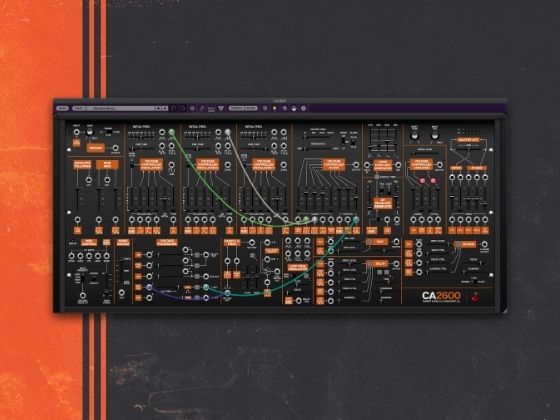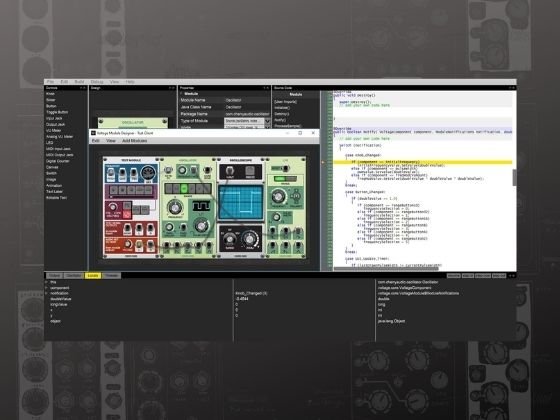Or Get It As Part of Tide Navigating Modulators
$4.99 $8.00
Or Get It As Part of Tide Navigating Modulators
Named after the people who carved mountains into steps, this device similarly produces a stepped LFO, advanced manually by trigger/gate pulses or automatically by the internal clock (when the trig jack is left unconnected). It’s a seemingly modest modification to the standard LFO, but the result opens up a lot of great possibilities.
Progress can stretch and rush when sequenced, notes can be parsed into stable modulation states yet varied between them, and altogether different modulation styles can be achieved.
Connect a pulse source to the TRIG input, such as your keyboard gate/trig jack, a clock, or a sequencer. Or, leave it unconnected and make use of the internal clock which is automatically synced to the system BPM. Use the OUT signal to modulate other devices. The large central dial determines the number of steps which the LFO is broken into, and the three-way switch at the top selects between ramp (UP), triangle (ROUND), and saw (DOWN) waveforms. The neighboring glide control can be used to add a touch of transition time. The "bounds" dials set the voltage range, serving simultaneously as bias and attenuation, but with better precision.
The two BOUNDS controls can be modulated via a single jack where positive CV values modulate the upper bound and negative CV values modulate the lower bound, so another LFO can make this LFO's range sway around. Modulating the number of steps has the effect of varying the step size of the jumps, from nearly seamless to dramatic. A pulse at the SYNC IN jack sends resets the device to the first step, and the SYNC OUT jack sends a pulse as the device rounds its last step. You can chain these across multiple copies to synchronize them, or use them to interact with the sync jacks of other devices too.
The Igorot LFO is an excellent tool for controlled modulation in a stepwise style.


























